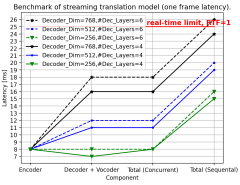Authors: Ke Sun, Shen Chen, Taiping Yao, Haozhe Yang, Xiaoshuai Sun, Shouhong Ding, Rongrong Ji
Published on: July 31, 2023
Impact Score: 8.27
Arxiv code: Arxiv:2307.16545
Summary
- What is new: Introducing a Visual-Linguistic Face Forgery Detection framework that augments the detection process with fine-grained sentence-level annotations for better interpretability and generalization.
- Why this is important: Existing deepfake detection methods lack semantic information and interpretability, relying mostly on binary classification.
- What the research proposes: A novel VLFFD paradigm that generates fine-grained prompts with images for detection, trained with a Coarse-and-Fine Co-training framework to improve generalization and interpretability.
- Results: Improved performance on several deepfake detection benchmarks and successful integration with multimodal large models.
Technical Details
Technological frameworks used: Visual-Linguistic Face Forgery Detection (VLFFD), Coarse-and-Fine Co-training (C2F)
Models used: Prompt Forgery Image Generator (PFIG), Multimodal large models
Data used: Mixed forgery image data with fine-grained prompts, original coarse-grained data
Potential Impact
Cybersecurity firms, social media platforms, content creation industries, and authentication services
Want to implement this idea in a business?
We have generated a startup concept here: AuthenticityAI.




Leave a Reply